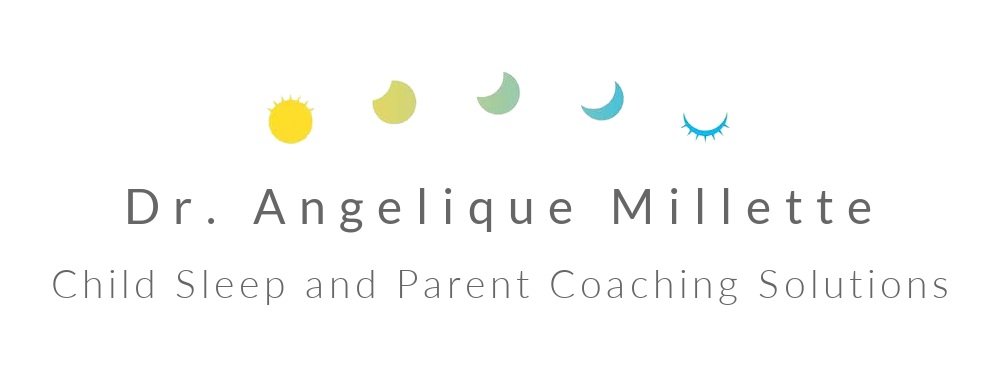Why Cry It Out Sleep Methods Do Not Work for Toddlers
Why do CIO sleep methods have diminishing returns for improving toddler sleep?
For babies, CIO-style methods (Extinction Method, Interval Method) work well, however, starting at between 9-12 months of age and on, babies start an important developmental stage called object permanence. Object permanence ushers in all kinds of behavioral changes in babies such as separation anxiety, sleep resistance, and the start of big toddler emotions. This is the stage when your baby begins recognizing themselves in the mirror. You will know your baby is starting to go through this stage because you may begin to see sleep issues at bedtime/middle of the night and even at naps. Following this stage is another developmental stage marked by big changes, the rapid organization of words starting at/around 17-24 months of age. Add to that teething, movement milestones (walking, falling, climbing, running…oh my!), nap changes and more. Expect that between 9-24 months of age and on, your little one will have expected sleep regressions and will “age out” of those CIO methods that may have worked previously.
There are several positives that develop out of all the big changes your little one is going through and will continue to go through. To start, language will become even more important which will benefit you both and benefit their sleep. You will be able to use language to let them know where you are going at separations such as bedtime or nap time. Next, they begin to have a little “ego” which essentially means that they insist on the things they want or don’t want. While that may seem like a parenting challenge, it gets them ready for greater independence and self-control which you will see more and more of over the next few years. Finally, play becomes an essential part of their interactions with their caregivers. Watch as your toddler begins to have a great love for playtime. They may engage you, they may play alone, they may put two toys together from two different groups of toys and more. All of these little “play moments” help your toddler to make meaning of their emotions, to ascribe meaning to their day-to-day, communicate with you, and will help them to understand sleep changes too.
How will you know when your baby or toddler has “aged out” of the classic CIO sleep training methods? Here are a few of the big sleep and behavior changes that you will begin to see. Has your toddler recently gone through a sleep regression and after 2 weeks of sleep training, has your toddler’s sleep not improved or has worsened? Has your toddler had a sudden increase in separation anxiety at sleep time? Have you resorted to bed-sharing, driving, or holding your toddler for naps or bedtimes? Have you resorted to feeding your toddler at night to help them back to sleep? Has your toddler attempted to or been successful climbing out of the crib? Has CIO or modified CIO made your toddler more clingy and scared to sleep? If you have started to see one or several of these scenarios, your little one is communicating to you that they need something different at sleep time to help them to settle and relax to sleep.
What is a sleep deprived parent of a toddler to do when these kinds of challenging sleep scenarios present. Simple! Consider switching to a toddler sleep program that supports your toddler with feeling safe and secure at sleep time. My two-phase approach for toddlers utilizes a prep phase, Phase 1, that focuses on play and storytelling to prepare toddlers ahead of starting a sleep method. Why prep toddlers before starting a sleep method? Toddlers do much better with sleep changes if they can get ready for it before starting. Exactly like how we do better with big changes if we can prepare for it ahead of time. Think of Phase 1 as using transition cues to prepare your toddler ahead of starting Phase 2. The Chair/Mattress Method, started in Phase 2, is a parent presence fading method. It’s very different from CIO. When using the Chair/Mattress Method, you give your toddler what they want, your presence at sleep time. That helps them to feel settled and relaxed to sleep again and builds a positive association with their sleep location and sleep. Then you will fade away your presence gradually as your toddler weans from needing you while feeling relaxed and settled to sleep. My two-phase approach also happens to be a great way to move a toddler from bed-sharing or room sharing or wean from a pacifier, bottle, or mommy’s milk at night.
If this article resonates with you, if you are feeling hopeless and overwhelmed by your toddler’s sleep, please consider reaching out to schedule a free 15-20 min informational intake call.

